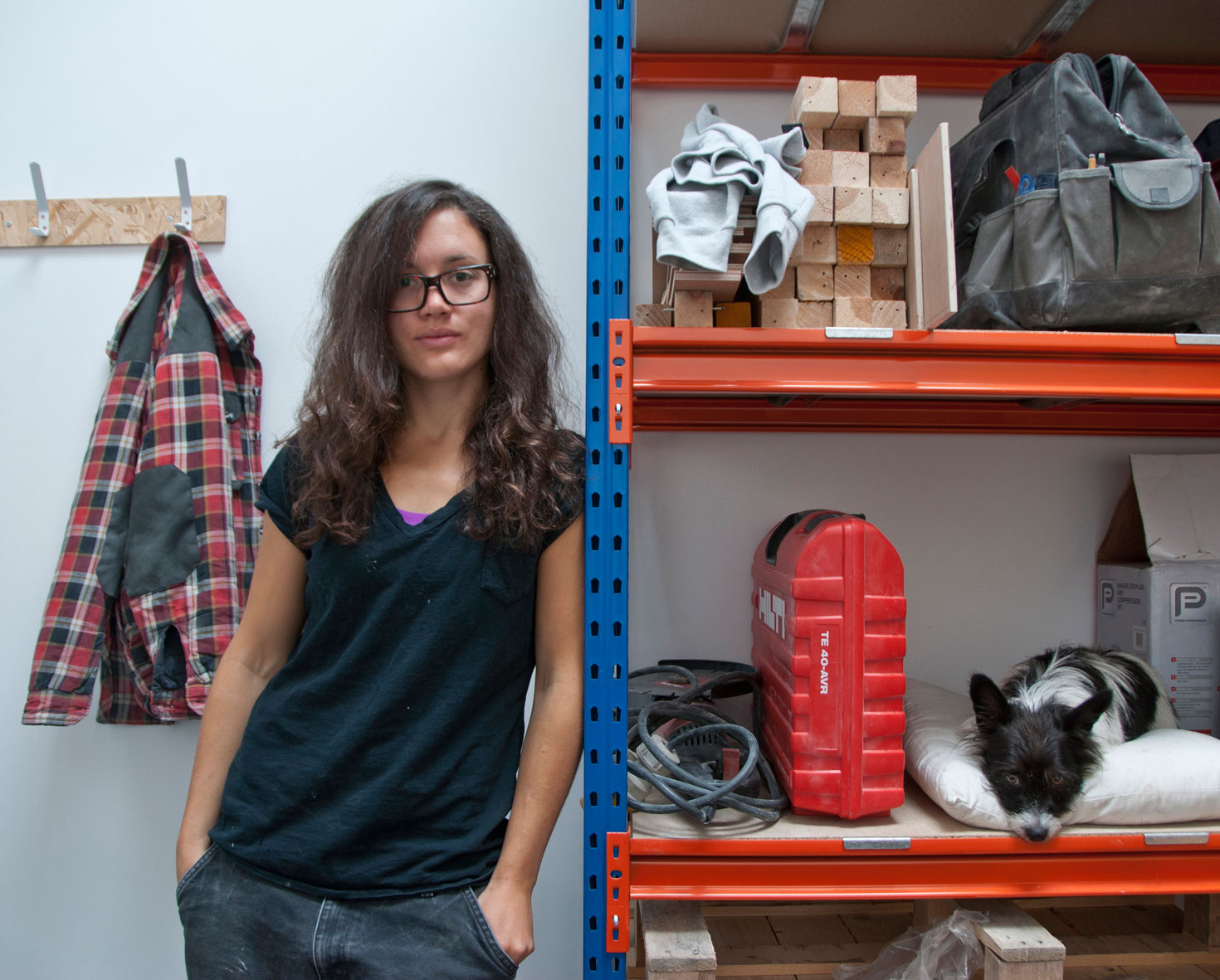
Jessica Harrison - Why I Create
Exploring the inspirations and attitudes of artists working with clay and ceramic, featured in Vitamin C
Jessica Harrison’s art is rooted in long-standing research into the body and how our shared understanding of inhabiting a particular form shapes our experience of the world and objects that surround us. Harrison undertook a practice-based PhD at the University of Edinburgh in 2013. Central to her research and thesis was how to break away from ‘a dominance of the figure over the body in sculptural practice’, something that involved looking closely at the relationship between the exterior and interior spaces of the body. While predominantly working with clay, Harrison also utilizes found objects, paper, fabric and stone within her practice.
Many of her works represent women, however the work is less about body politics and more about the formal, conceptual readings of the skin. Moving away from the traditional idea of skin as boundary, she proposes a pervasive model in which the surface of the skin becomes a mode for thinking and looking. Harrison has experimented with glaze techniques on appropriated Royal Doulton figurines, altering their surfaces and allowing all trace of their former ‘skin’ to be overridden by the new glazes she applies.
Here, the Vitamin C: Clay and Ceramic in Contemporary Art featured artist tells us why she works in the medium, what particular challenges it holds for her and who she thinks always gets it right.
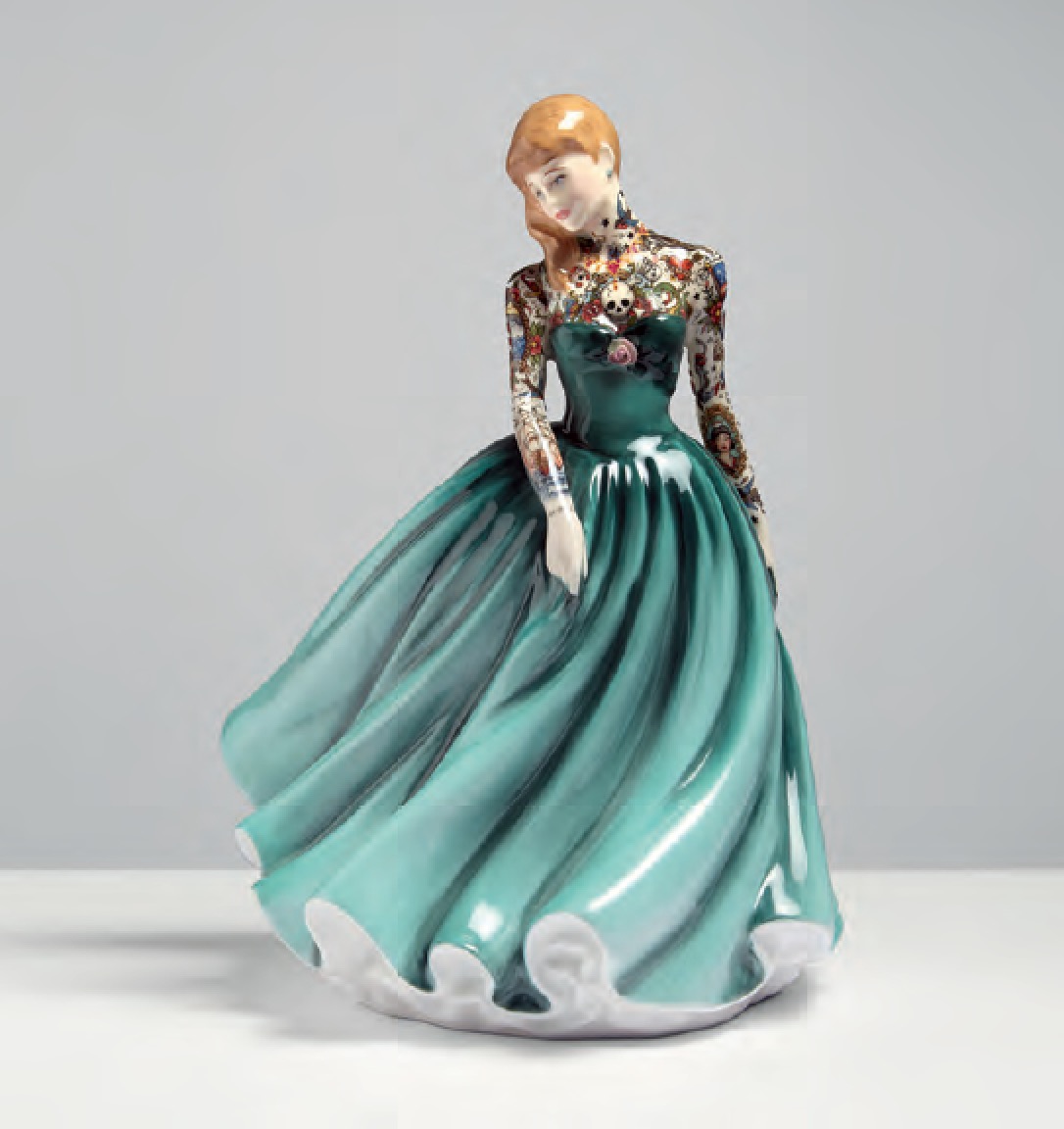
Who are you and what’s your relationship to clay and ceramics? I’m a novice in everything and an expert in nothing. I am a little obsessed with learning, particularly by hand and to me clay offers an infinite amount of this, possibly too much even. I feel I will never know even a fraction of all there is to learn about ceramics and that is simultaneously exciting, frustrating and just a little bit heartbreaking.
Why do you think there’s an increased interest around clay and ceramics right now? There seems to be more of an interest in all things that are handmade, probably in direct proportion to our increased dependency/acceptance of all things digital/virtual/screen-based. I think a consideration of the handmade is an antidote to an overwhelming digital world, I know it certainly is for me. It has become much easier in the last few years to film and share how things are actually made and I think this has really stirred things up, and made people pay attention a little more to the objects and materials around them.
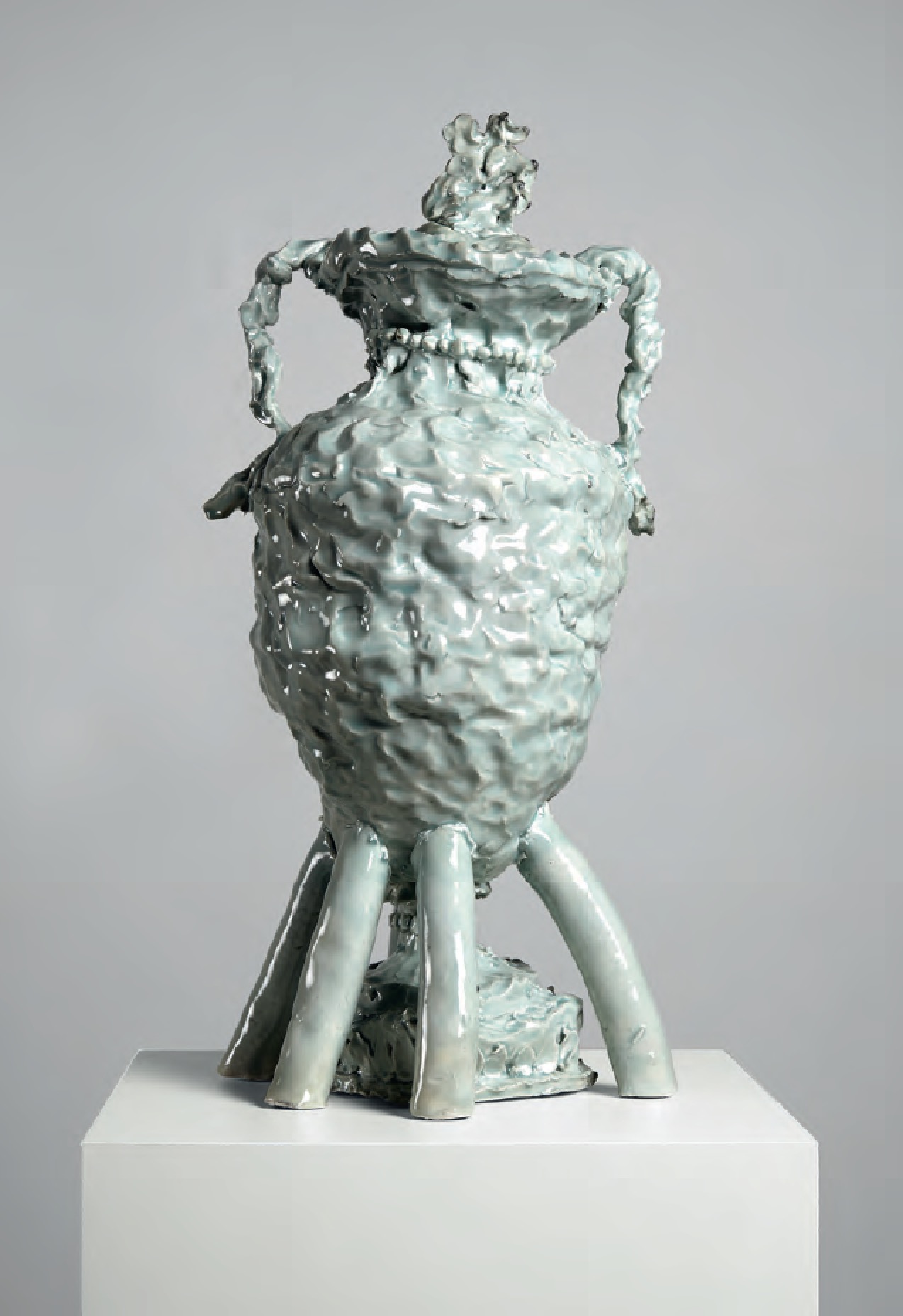
Ceramics is sometimes regarded as decorative, rather than fine arts. Does the distinction bother or annoy you? It’s a distinction that I’m aware of, but not really involved in. I only came to ceramics in my practice fairly recently and for me it is so many things, that to define it as one thing over another either way seems to be an attempt to control it. I am fascinated by ceramics precisely because it is something I am unable to control, and in that it gives me a kind of freedom that I have not experienced in any other material. This is why I love it.
Whose work in this field do you admire? I very much enjoy Caroline Achaintre’s work and also that of Richard Slee and Ettore Sottsass just to name a few – it’s the combinations of colour and texture that really get me.
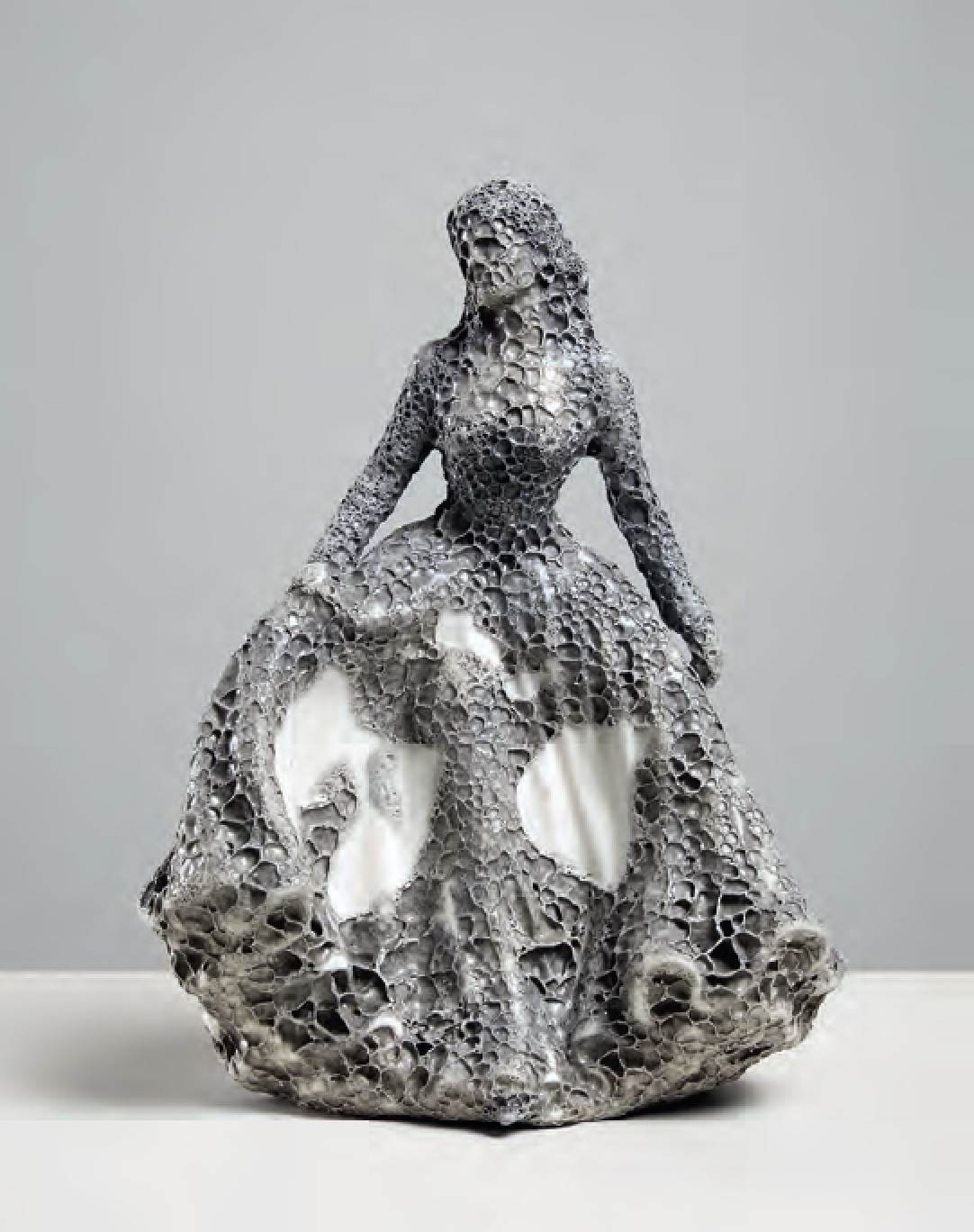
What are the hardest things for you to get ‘right’ and what are your unique challenges? I find getting a single thing right in ceramics is a challenge for me, but it is in the errors and failures that my work has flourished.
What part does the vulnerability of the material play in things? I’d say I’m much more vulnerable than the material. Even when it breaks or the glaze does something really weird, I feel that that’s what it was always going to do and I just have to get better at expecting the opposite of what I think is going to happen.
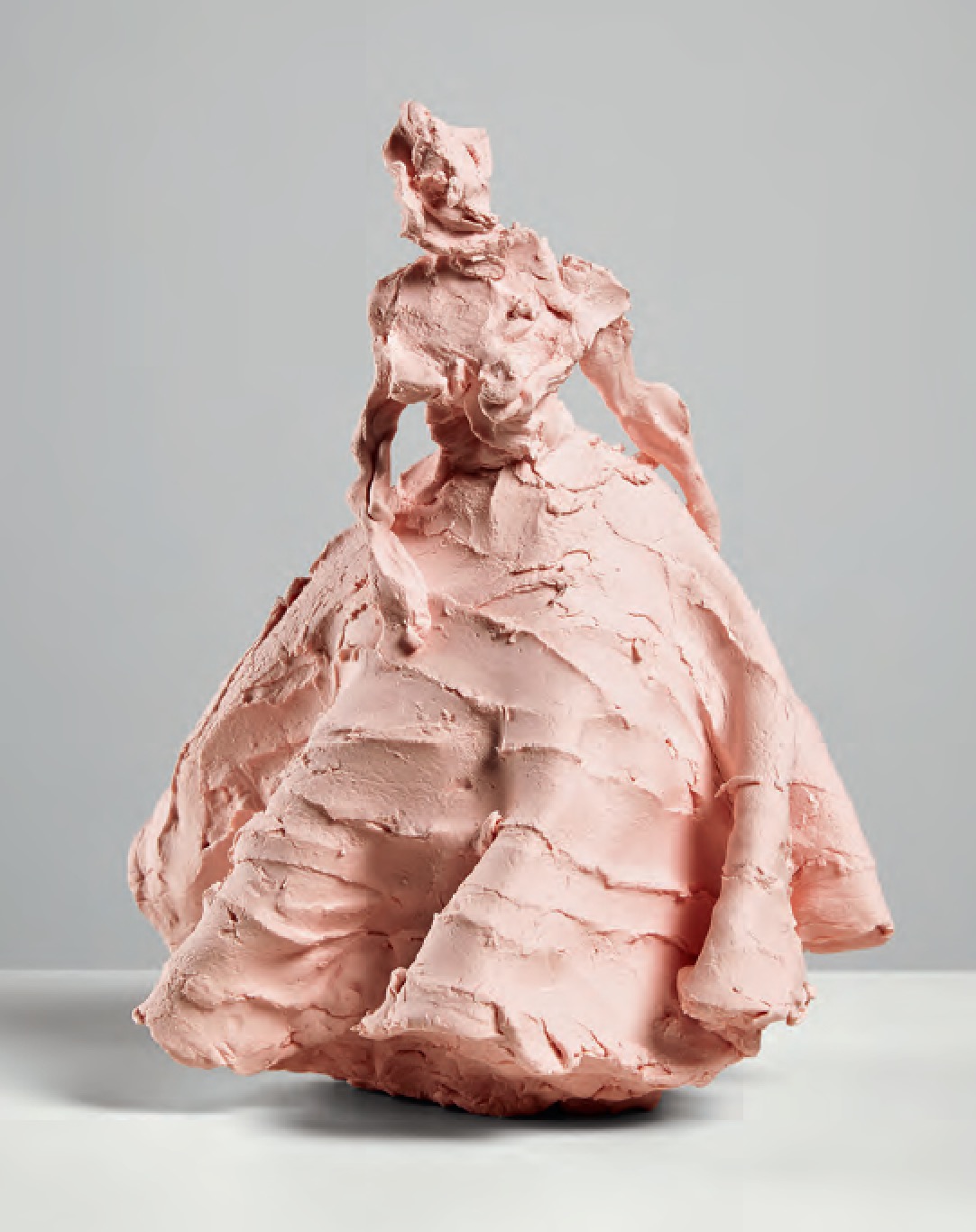
Is how you display a piece an important element of the work itself? Do you ever suggest how something might be displayed? It can be very important to the work, and other times less so. For instance the found figurines that I have worked with for different series are a scale, shape and sentiment for the domestic space, so they kind of slot into most houses as if they were meant to be there, be it in a minimal space or a cluttered, slightly manic one. This is one of the things that keeps drawing me back to these objects, their position and purpose in the home and their relationship to other objects and people.
What’s next for you, and what’s next for ceramics? My most recent installation 54 Pins, 44 Followers will be touring the UK as part of Jerwood Makers Open for the next few months, but next up is another 3 month residency at EKWC (the European Ceramic Workcentre in the Netherlands) making a new body of work. EKWC feels a bit like a second home now, but one where I can make a lot more mess.
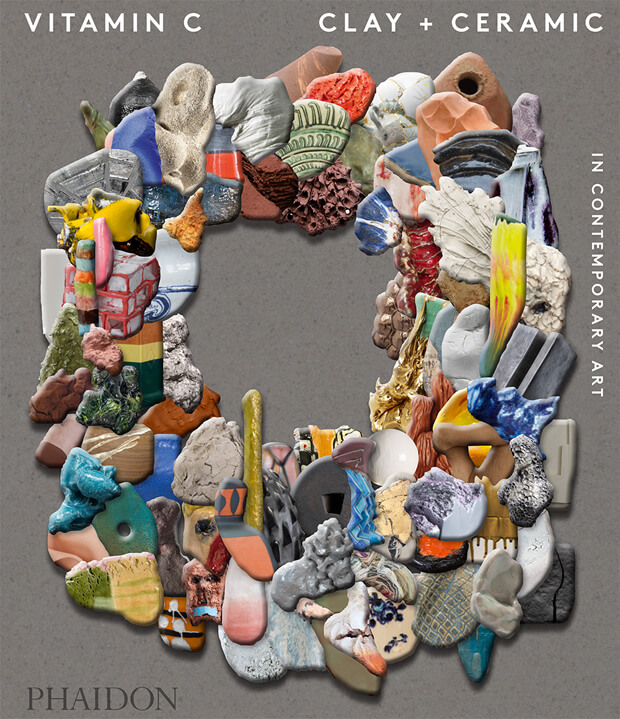
Clay and ceramics have in recent years been elevated from craft to high art material, with the resulting artworks being coveted by collectors and exhibited in museums around the world. Vitamin C: Clay and Ceramic in Contemporary Art celebrates the revival of clay as a material for contemporary artists, featuring a wide range of global talent selected by the world's leading curators, critics, and art professionals. Packed with illustrations, it's a vibrant and incredibly timely survey - the first of its kind. Buy Vitamin C here. And if you're quick, you can snap up work by many of the artists in the book at Artspace here.